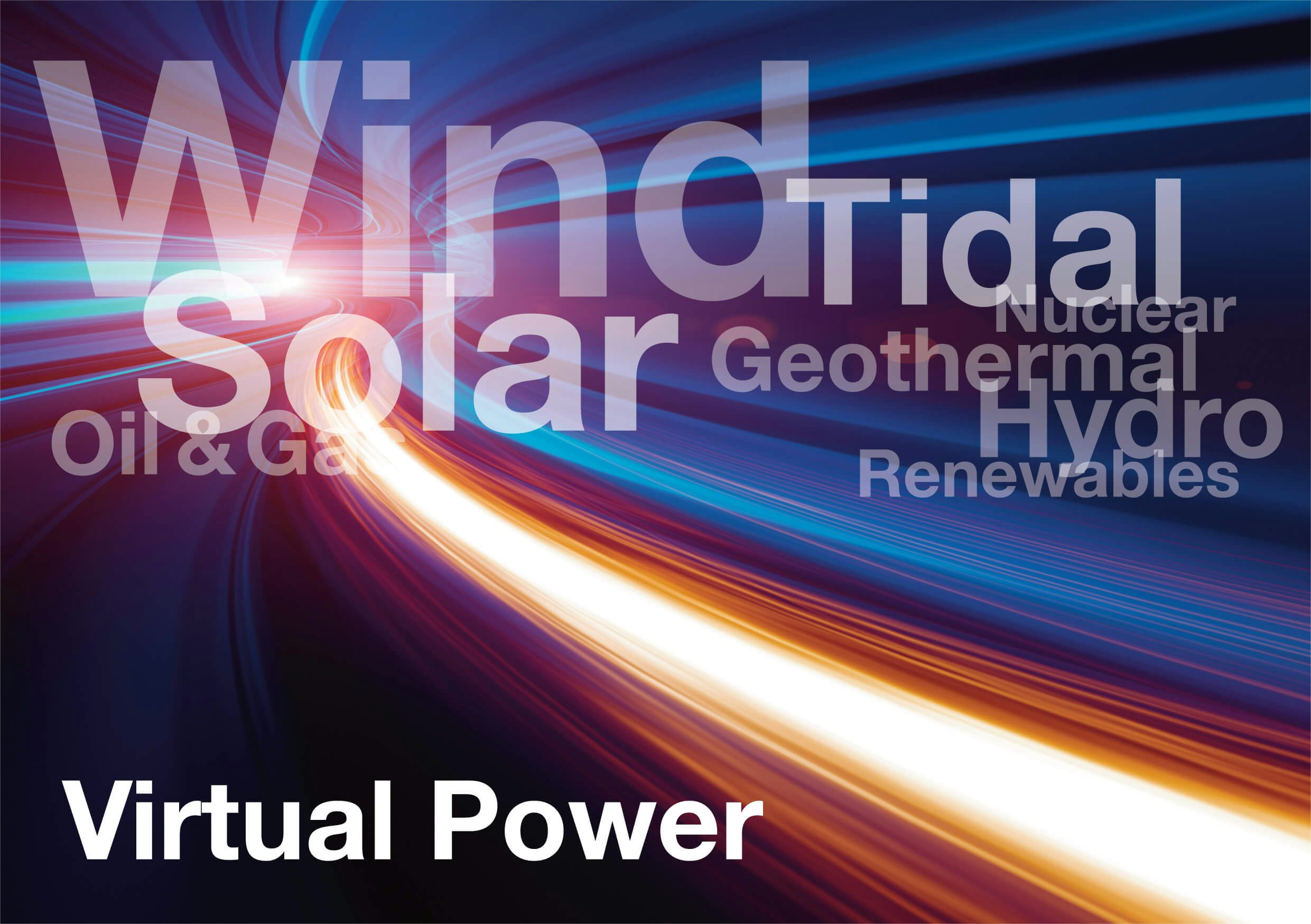Virtual Power Stations are nearly here – what you need to know
Amongst the countless innovations in the field of energy production over the last few years, Virtual Power Stations are perhaps the most connective.
Combining technologies from at least two dissimilar power sources, VPSs guarantee a constant power supply regardless of variables such as weather and consumption.
VPSs have their positive sides as well as negative ones. They are able to perform better during fluctuation periods, e.g. consumption peaks, and can do so at very short notice courtesy of the many sources for energy. It also allows taking greater advantage of renewable energy methods. However, the multi-source model means it is, from the producers’ point of view, harder to control, monitor and secure. It also requires software that is more complicated as it needs to connect disparate platforms.
To allow the model to work to its full potential, the data for energy requirements must first be transferred from individual households to the energy supplier and utility building, and subsequently the national electricity grid, which is connected to batteries, wind turbines and other energy storages/production units. At the same time, all the aforementioned units should be able to communicate with each other. Until now, attempts have been unsuccessful, but a new data system created by Reactive Technologies has managed to surpass the problems while simultaneously tackling privacy concerns. It will allow for the grid to pass on direct information to appliances, prompting them to adjust their energy use, e.g. increasing a freezer’s temperature by 0.5C, but directing more power when the oven is on.
Jens Madrian, who is a former CFO of RWE npower, says that today there are alternative ways to managing electricity other than through building more power stations. “One of [those] is carrying knowledge from the telecommunications and software engineering side into the energy sector.”
Dashboard fits in with the modern way of regulating energy – as an avid adopter of new technologies, we can offer programming and analysis to support household-to-grid transfer. With the first private customers to use the service within 1½ years, Dashboard is ready to implement changes to help make it a reality.
